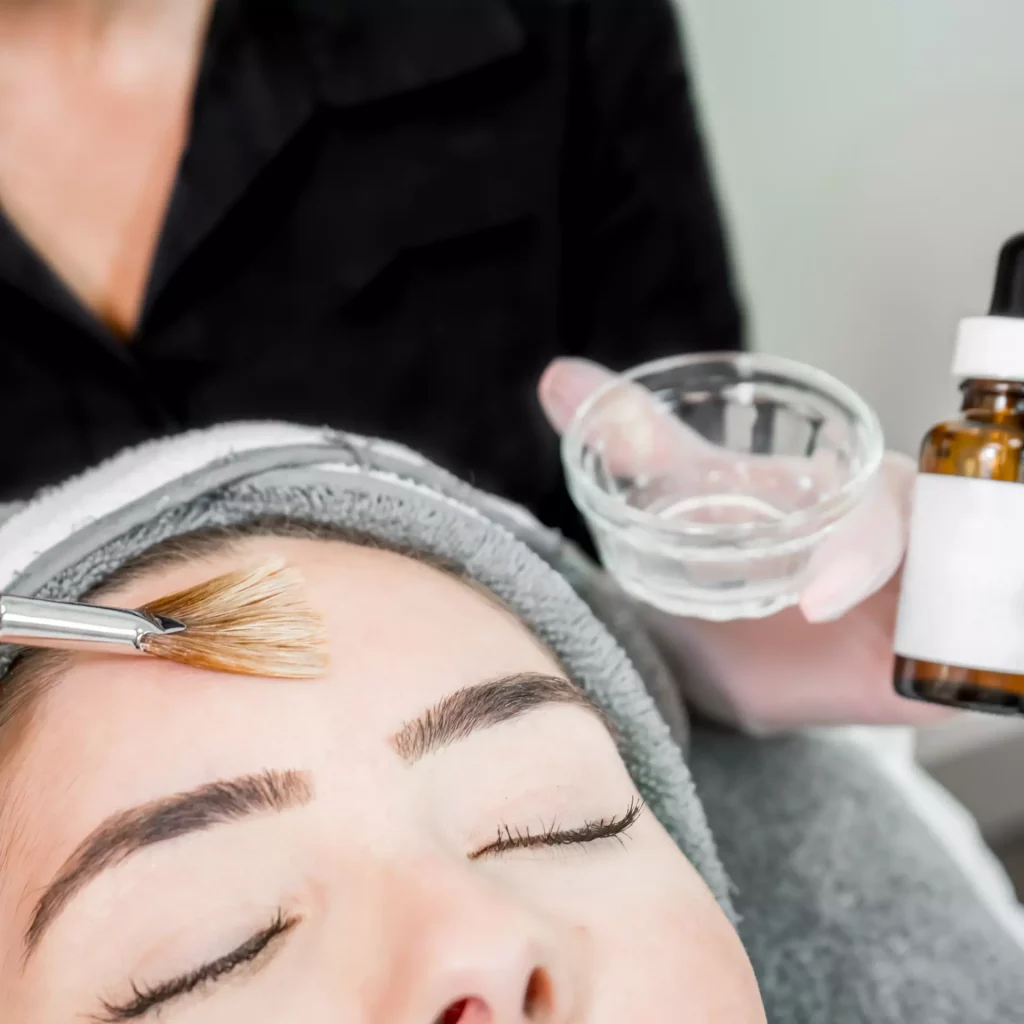Skin rejuvenation can be achieved in several ways, ranging from laser and light treatments to chemical peels and injectables.
Sun, skin disorders, aging, and even heredity can all contribute to skin irregularities on the face and elsewhere on the body. These include textural irregularities like wrinkles and acne scars and pigmentation changes like freckles, sunspots or visible blood vessels. In addition, the skin may lose tone, feel less firm and lose the healthy glow that is evident in younger skin.
Different treatment modalities are available to treat the various aspects of skin damage: Laser resurfacing, mechanical resurfacing, chemical peels and injectable products can improve the appearance of fine lines and wrinkles of the entire face or those that develop in specific regions of the face, such as the upper lip and around the eyes. These treatments can also address pigmentation disorders, such as sun and age spots, and they can be used to improve the appearance of acne scars or other skin conditions.
The following are some examples of skin rejuvenation and resurfacing treatment methods
- Chemical Peels – various acid peels are used in different combinations to remove damaged outer skin layers.
- Mechanical Ablation (Dermabrasion, Dermaplaning) – surgical scraping methods to soften skin surface irregularities
- Non-Ablative Treatments (Microdermabrasion, Microneedling, Light Acid Peels) – minimally invasive sanding methods to treat light scarring and discolorations
The following are some conditions that different skin rejuvenation approaches can address
- Static wrinkles: These wrinkles are visible at all times and do not change in appearance with facial movements
- Dynamic wrinkles: These are expression lines that may appear as folds when the skin is not moving and deepen with facial movements or expressions
- Pigmentation: Freckles, sun spots, or other darkened patches of skin result mainly from sun exposure
- Vascular conditions: Blood vessels visible on the surface of the skin, vascular lesions that appear as tiny blood-filled blisters or even a constant flush of facial redness
- Loss of skin tone: Weakening of the supportive skin structures (collagen and elastin fibres) that result in a loss of skin firmness or the development of cellulite
- Dull skin: Skin that has lost the vibrant glow from a buildup of dead skin cells and clogged pores
